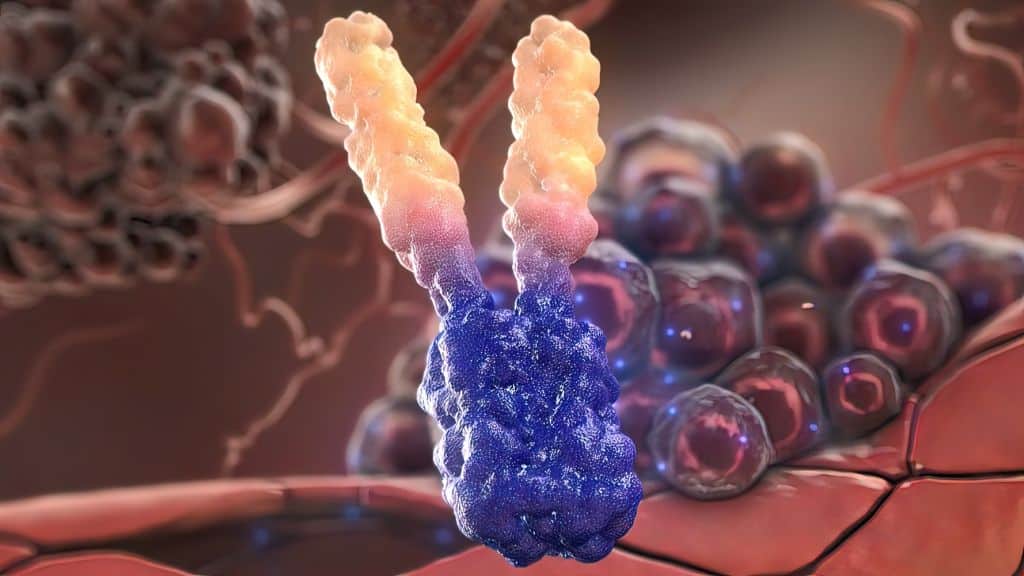Newsletter Signup - Under Article / In Page
"*" indicates required fields
Researchers from Taiwan have discovered that patients with non-typhoidal salmonella (NTS) have higher aortic calcification and elevated plasma levels, which are an inflammatory biomarker.
They say their findings suggest the need for early diagnosis of the condition in patients with atherosclerosis risk factors.
NTS is a foodborne bacterium causing gastrointestinal infections and can cause life-threatening vascular infections, possibly by invading the damaged aortic vessels in people with clogged arteries.
Vascular infections
NTS is caused by a bacterium known to cause vascular infections with serious consequences and according to studies, occur in approximately 9%-40% of patients more than 50 years old with NTS bacteremia.
The researchers say clinical evidence points to the occurrence of vascular infection due to bacterial seeding in the damaged atherosclerotic aorta (fat and calcium plaque built-up in large blood vessel) suggesting atherosclerosis to be a risk factor for developing infection.
However, the researchers say this association of NTS vascular infection and atherosclerosis lacks evidential support from rigorous clinical studies.
Addressing this gap, the researchers, led by Po-Lin Chen and Wen-Chien Ko, professors in the department of internal medicine at National Cheng Kung University (NCKU) Hospital, conducted a prospective study to look at the association further.
Aortic calcification
Chen said: “We attempted to evaluate the risk of NTS vascular infection with atherosclerosis by examining aortic calcification and serum levels of inflammatory biomarkers in patients with NTS bacteremia.
“We also tested the validity of the NTS vascular infection score proposed in our previous research for determining infection risk.”
In this study, 69 patients with NTS bacteremia (mostly comprising males more than 50 years old) underwent abdominal and/or thoracic CT scans to detect vascular infection.
Atherosclerosis severity was measured by obtaining the aortic calcium scores from unenhanced CT calcium scanning.
The NTS vascular infection score (NTSVI) proposed by Chen and his colleagues in a previous study was calculated based on four risk factors, of which hypertension and coronary artery disease are directly linked to atherosclerosis.
Inflammatory markers
Blood plasma levels of important inflammatory markers were also analyzed for this investigation.
The researchers found that calcium scores were higher in patients with NTS vascular infection when compared with those without the infection.
As for the NTSVI score, none of the patients with a score less than one reported vascular infection.
Rather, the prevalence of infection was found to increase with increasing score, validating the score’s predictive ability.
Of the five biomarkers assayed using blood plasma samples, higher concentrations were detected only for interleukin 1 beta – an inflammatory cytokine protein, in patients with vascular infection
when compared with those without infection.
Chen said: “Higher calcium scores in patients with NTS vascular infection indicates that the risk of developing vascular infections is high with atherosclerotic severity. “The NTSVI score, which also determines atherosclerotic severity, can be used with ease in clinical settings to categorize patients based on the risk of vascular infection.”
He added the research also supports the hypothesis about the pivotal role interleukin 1 beta plays in salmonella infections, as suggested by previous studies. Plasma levels of interleukin 1 beta among patients with NTS bacteremia have significant clinical relevance as a potential biomarker as well as a therapeutic target among high-risk patients.
Explaining the real-life applications of these results, Ko said: “With an overall increase in aging and atherosclerosis, susceptibility to NTS vascular infections also increases.
Mortality rate
“The mortality rate associated with delayed diagnosis is high. In such a situation, if a patient with NTS bacteremia is found to have risk factors of atherosclerosis, aggressive examination using a comprehensive CT scan for diagnosing coexisting NTS vascular infection is recommended.”
Though further rigorous and exhaustive studies are required to validate the use of NTSVI score and interleukin 1 beta as an inflammatory biomarker, this study has set the ball rolling for early detection and appropriate remediation of this life-threatening infection.
Partnering 2030: The Biotech Perspective 2023







